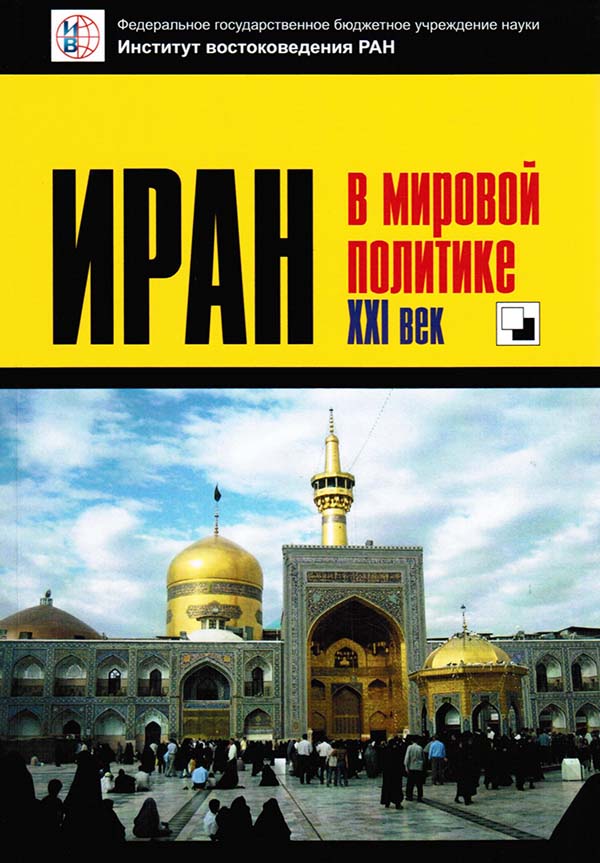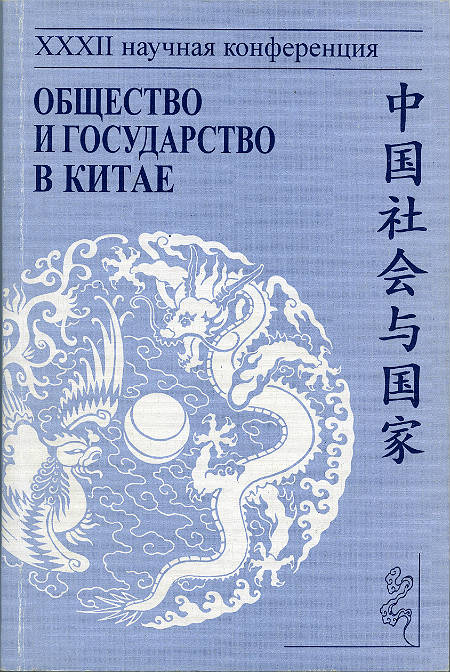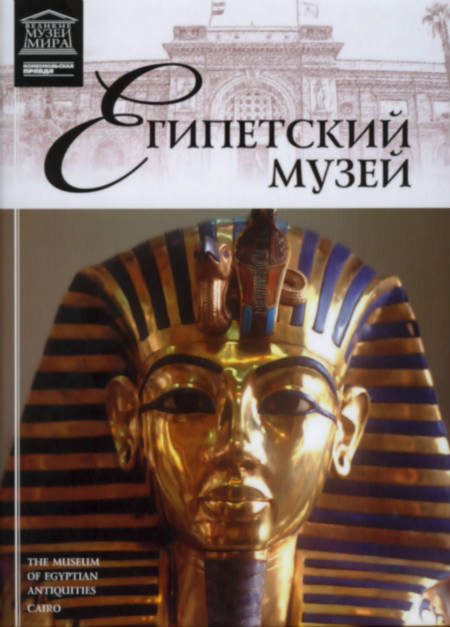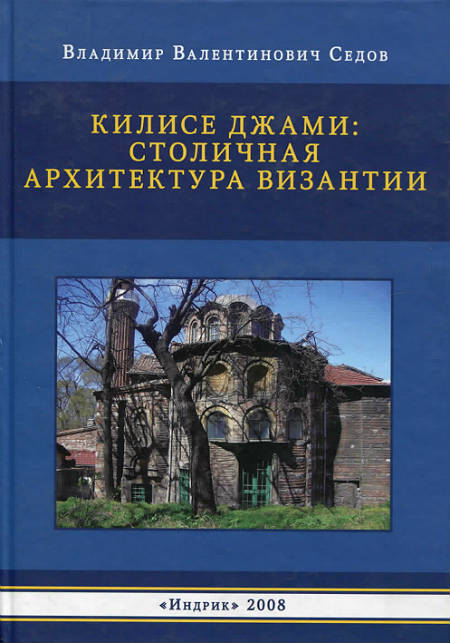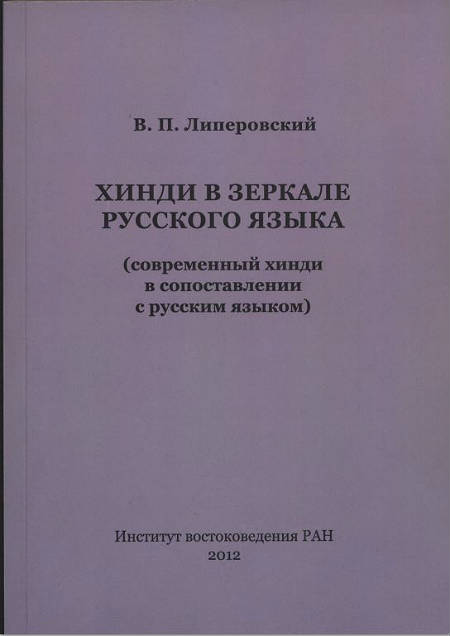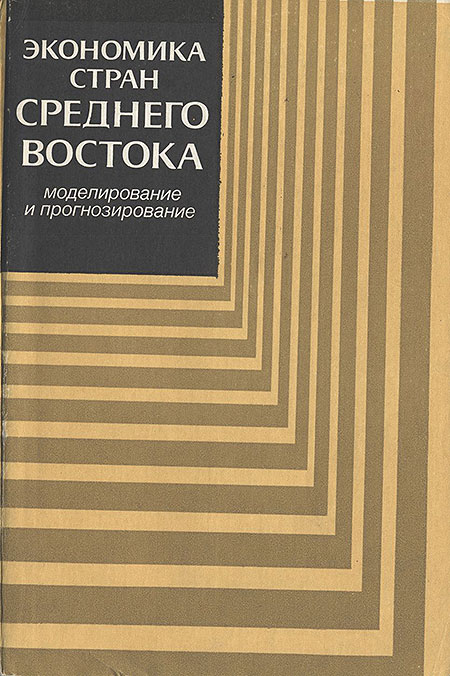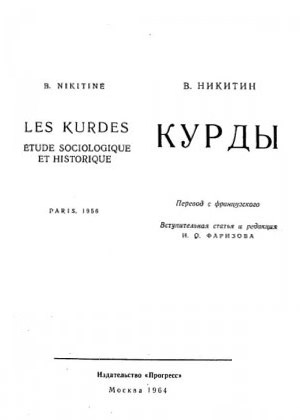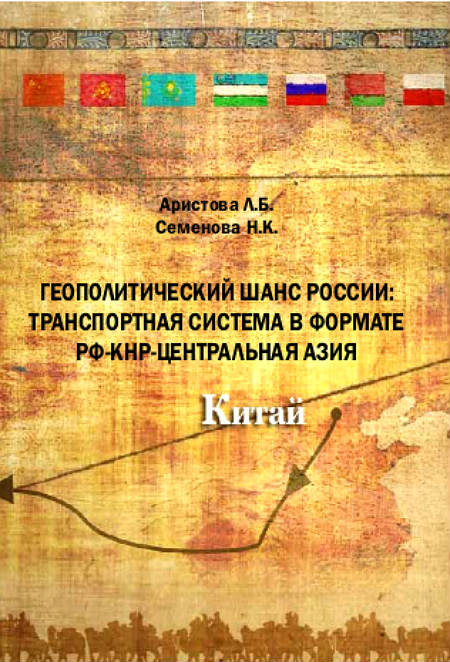Book
Essays on Culture of Ancient Tillers of Hither and Central Asia: Experience of Reconstruction of World Perception
Москва, 1984, 261 p.
The monograph analyses a number of significant aspects of world perception by the ancients.
The study is based on archaeological relics: architectural structures, utensils (pottery, in the first place), sculpture, wall paintings, glyptics, ornaments and some elements of the burial rite of tillers of the VIIth – IInd millenia B.C. This major source is interpreted by the data on ancient written traditions and ethnography.
The basis of civilization, the productive economy, was shaped and highly developed in the VIIth – IInd millenia B.C. Largescale investigations, carried out in the last decades by specialists of different branches of science, make it possible to start reconstructing both, the economica system of the primitive society and the spiritual culture of ancient tillers and herdsmen. The basis of such reconstruction, is the interpretation of culture as a universal systme, all parts of which are dialectically united. Significant are investigations into the semiotics of culture. They reveal the functioning laws of cultural symbols.
The book comprises three parts, divided into eight chapters. In Chapter 1 “Thing in Primitive Culture and Potentialities of Analysis of its Meaning” (Part I “Material Culture of Primitive Society as Reflection of Mythological World Perception”), the author makes an attempt to show the specificity of attitude of mythologically thinking people towards things created by them, and the surrounding world. Such an attempt is inseparable from the problem of interpretation of meaning and function of things – both, utensils and cultural symbols. The peculiarity of mythological thinking, i.e., its figurativeness, is vividly expressed in things of primitive men.
The figurative character of world perception required the appropriate forms of expression – artistic rather than scientific. Chapter 2 “Art in Primitive Culture” analyses the position and role of art in the culture of Neolithic and Aeneolithic productive economy bearers, and that of Paleolithic hunters.
In part II “World in Images”, the emphasis is laid primarily on the primitive men’s notion of space. The analysis is based on the material of architectural structures, vessels and pictorial art data (Chapter 3 “Image of Space”). The image of space developed from empirical “linear”, characteristic to the world perception of Paleolithic people, toward centrically-organized one of Neolithic tillers. This achievement, as well as some others, camee as a result of accumulation of knowledge about the world under the conditions of progressing economic and social relations.
The author studies the tillers’ notion about living beings and plants, some of which were
symbolically related to the images of men and women, on the material of relics of pictorial art and peculiarities of the burial rite (Chapter 4 “To Semantics of Animal and Plant Images”). In rites, cattle acted for human beings. Symbolic identification of human beings with animals preceded the identification of the former with plants, as well as of animal with plants.
Realization of these notions is typical for rites (seasonal, in particular).
The notions of ancient inhabitants of Hither and Central Asia about the earth and its properties are analysed on the material of anthropomorhous plastic art, ceramic vessels, decorative designs, symbolic geometrical patterns and images of chthonic beings (Chapter 5,6 – “Realization of Images about Earth” and “Some Aspects of Notion Relating to Fertility and Image of Serpent”).
Primitive and ancient tillers associated earth primarily with a female being, which begot human beings, animals and plants. Earth, at the same time, takes the dead back into its lap. That is why, symbols of the female origin is so frequent in the burial rite. Because a vessel contains food, as well as earth, it was treated to be a symbol of both, earth and female being. Serpent was, at the same time, a symbol of positive and dangerous properties of earth. It is probable, that the bearers of some archaeological cultures, as well as tillers, which preserved traditional notions and tenor of life, associated the image of serpent with female beings primarily.
Part III – “World of Human Beings and World of Supernatural” includes two chapters. Chapter 7 is entitled “To Semantics of Mesopotamian Glyptics”. The activites of the ancients were closely connected with a rite and with mythological notions. This connection is particularly obvious in things, which performed specific magical or sacarl functions. For instance, seals functioned not noly as signs of property, but as amulets and talismans as well. They were used for making impressions, alloted with sacral power, on clay and other plastic stuffs. The fore-runners of Mesopotamian cylinder seals – stamp-seals of primitive tillers, were used, very likely, for making impressions (on ritual food, in particular) and were supposed to attract good and alinate harm.
Chapter 8 – “Things and Rite” examines a thing in the light of ritual performances. In author’s view, the meaning of things was realised the most, exactly in these situations. In various rites, things functioned as symbols, reproducing the image of the world.
In the course of millennia the world perception of primitive tillers underwent transformations. It gradually became more complex and differenticated, its primitive integrity was breaking.
Evidence of this general complication of culture is traced in the material relics as well. Material culture of ancient states, which reflected human world perception of a new historical stage, essentically differed already, from that, of the primitive tillers, to which it ascended.


